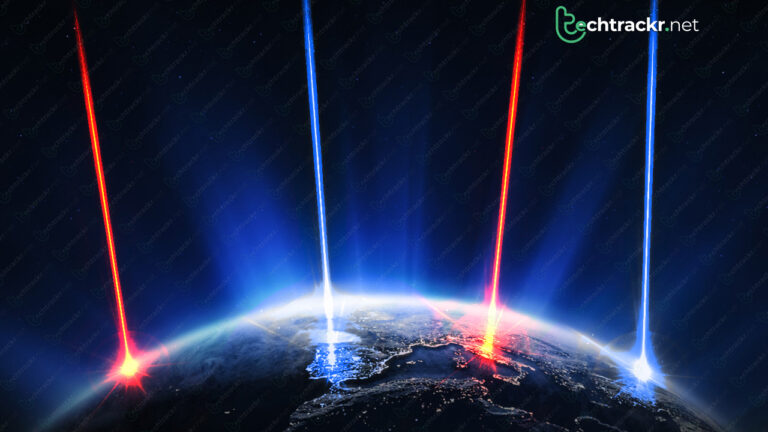
Space has been enigmatic to us humans since the beginning of time and each new discovery adds to that mystery, that enigma a little more.
The latest to join the list of space mysterious discoveries are the details about the high-energy cosmic ray that hit Utah in the US in 2021.
The scientists involved in seeking to understand the origins of these cosmic rays have detected an extremely rare, ultra-high-energy particle, which is called Amaterasu particle, that they believe traveled to Earth from beyond the Milky Way galaxy.
According to a new research published in the Science journal, the energy of this particle is equivalent to dropping a brick on your toe from waist height.
The study has found that the energy of this particle rivals that of the Oh My God particle detected in 1991.
The Amaterasu particle, named after the sun goddess in Japanese mythology, was spotted by a cosmic ray observatory in Utah’s West Desert known as the Telescope Array.
The telescope has 507 table tennis size detectors that cover 700 square kilometres. It has observed more than 30 ultra-high-energy cosmic rays but none bigger than the Amaterasu particle, which struck the atmosphere above Utah on May 27, 2021, according to the study.
The rays were detected by 23 surface detectors with a calculated energy of about 244 exa-electron volts.
The “Oh My God particle” detected more than 30 years ago was 320 exa-electron volts.
To understand how much energy that is: One exa-electron volt equals 1 billion gigaelectron-volts, and 1 gigaelectron volt is 1 billion electron volts.
It means the Amaterasu particle is 244,000,000,000,000,000,000 electron volts.
But where did it come from? The source of these ultra-high-energy particles has baffled scientists.
As per the study, when the trajectories of these two ultra-high-energy cosmic rays were traced back, they didn’t lead to any high-energy source.
The Amaterasu particle, specifically, seemed to originate from what’s known as the Local Void, an empty area of space bordering the Milky Way galaxy.
A co-spokesperson of the Telescope Array, Matthews, the two rats don’t seem to point to anything.
“It should be something relatively close. Astronomers with visible telescopes can’t see anything really big and really violent,” Matthews said.
“It comes from a region that looks like a local empty space. It’s a void. So what the heck’s going on?”
